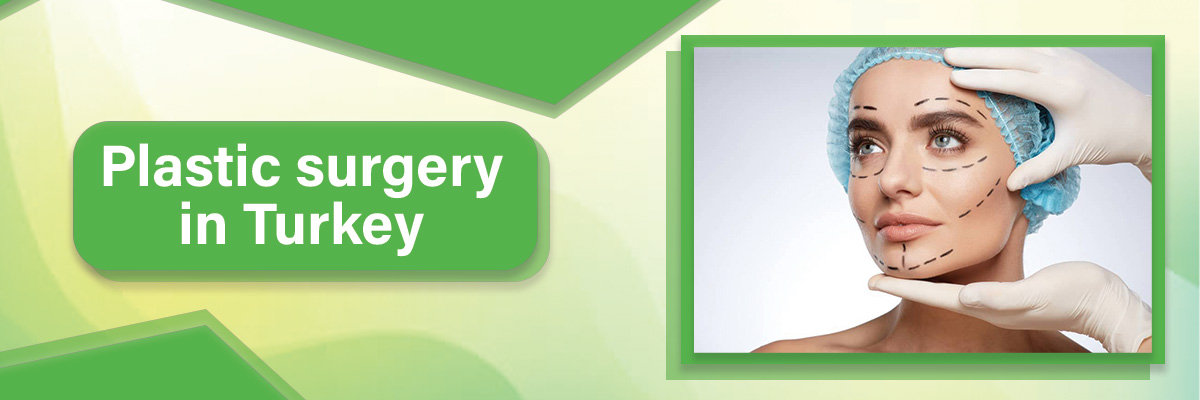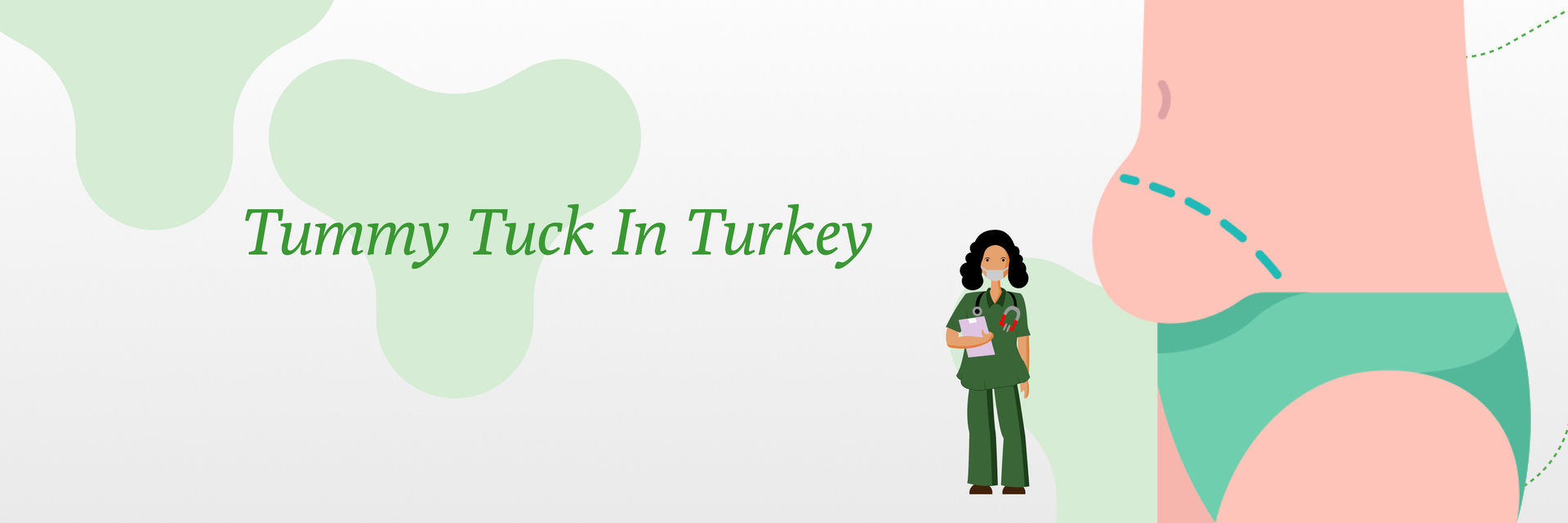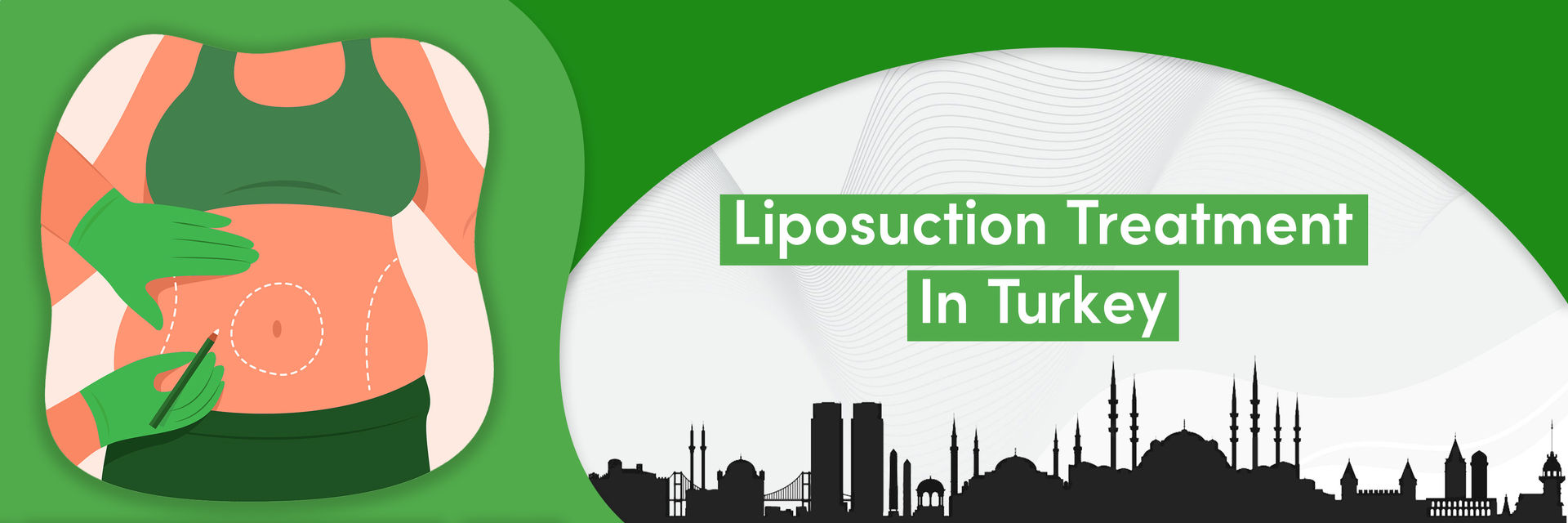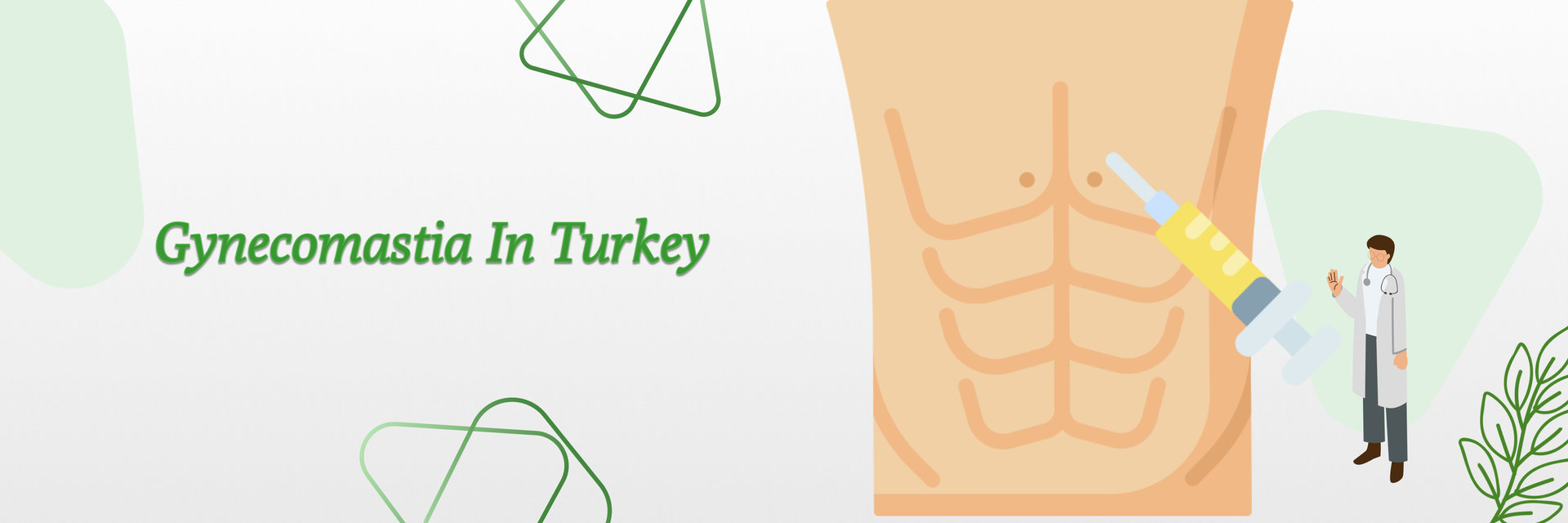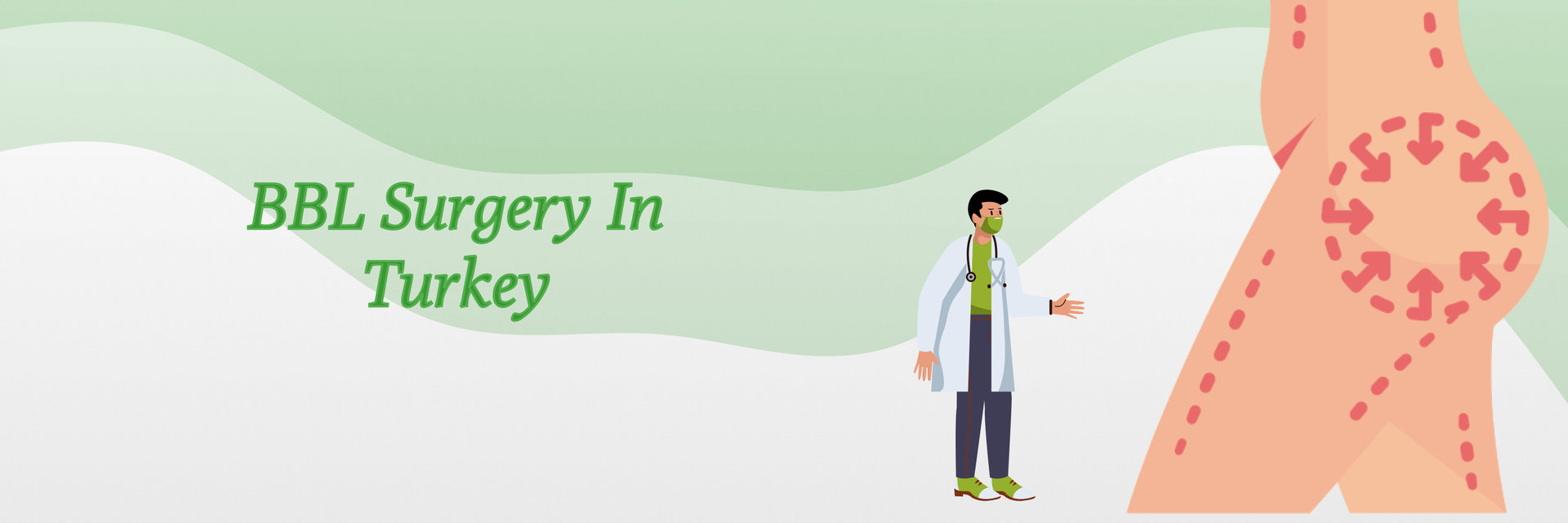Did you know that up to 65% of men can develop gynecomastia?
Gynecomastia, commonly known as ‘man boobs,’ is a condition that causes the enlargement of breast tissue in males. It can affect one or both breasts, sometimes unevenly.
Recent studies have highlighted a marked increase in gynecomastia cases, with about one-third of male adults experiencing some form of the condition at various points in their lives. This surge underscores the need for effective management strategies that extend beyond the operating room.
What is Type 1 Gynecomastia?
Type 1 gynecomastia is a minor enlargement of the male breast tissue around the areola that may feel tender. It is often not immediately noticeable under a shirt. This condition can affect men at any age but is most common during puberty and in older age due to natural hormonal changes.
If you are also experiencing type 1 Gynecomastia, see a plastic surgeon for the right diagnosis and treatment options. schedule your appointment now.
Causes of Type 1 Gynecomastia
- Hormonal Imbalances: Changes in hormones like estrogen and testosterone can make breast tissue grow behind the nipples, causing Type 1 Gynecomastia.
- Lifestyle Factors: Doing things like drinking too much alcohol, using drugs like marijuana or steroids, or being overweight can mess up hormone levels and raise the risk of getting gynecomastia.
- Medications: Some drugs, such as certain antibiotics or heart medications, can throw off hormone levels and cause breast tissue to get bigger.
- Underlying Conditions: Problems with organs like the liver or kidneys, thyroid issues, or growth in certain glands can also affect hormone levels and lead to gynecomastia.
Understanding these potential causes is essential for addressing and managing them.
Looking for non-surgical ways to manage Type 1 Gynecomastia ? Let's explore some effective options
Non-Surgical Treatment Methods
Not all cases of gynecomastia require surgery to see improvement. Non-surgical treatments can be effective, especially in mild or recent cases. Non-surgical treatments are more accessible and less invasive than surgical options. It makes them a first-line choice for many individuals.
Let’s delve deeper into these alternatives and find a path forward. Hope and practical solutions can help you regain your confidence without surgery. Let's explore how.
- Hormonal Balancing: Medications like SERMs or aromatase inhibitors can help rebalance hormone levels, shrinking breast tissue.
- Diet and Exercise: Eat a balanced diet and exercise to reduce body fat and decrease breast size. Studies show that a combination of cardiovascular and strength-training exercises can help reduce overall body fat, which may include fat in the breast area.
- Herbal Supplements: Some herbs like ginkgo biloba and turmeric support hormonal balance, but consult a healthcare provider before use.
Ready to take control of your Type 1 Gynecomastia treatment without surgery? Let's discuss some lifestyle changes that can make a difference:
Addressing Lifestyle Factors
Adjusting your lifestyle can have a significant impact on managing gynecomastia, especially when it's linked to weight issues or hormone imbalances.
Dietary Tips:
- Choose a balanced diet with plenty of fruits, veggies, whole grains, and lean proteins.
- Cut down on processed foods, sugary drinks, and fatty foods to maintain a healthy weight and reduce body fat.
Exercise Recommendations:
- Get moving with aerobic exercises like walking, jogging, or swimming to burn calories and trim body fat.
- Include strength training exercises such as push-ups, chest presses, and dumbbell flies to build muscle and improve chest shape.
Stress Management Techniques:
Effective stress management can significantly enhance your quality of life and may impact physical conditions like gynecomastia by stabilizing hormone levels.
- Try stress-relief activities like yoga, meditation, or deep breathing to lower stress and balance hormones.
- Focus on good sleep and relaxation to support your health and well-being.
Take small steps today to improve your lifestyle and manage Type 1 Gynecomastia symptoms. For personalized advice and support, Get in touch with us for your treatment.
Potential Risks and Considerations
Limitations of Non-Surgical Treatments:
- Non-surgical treatments may not completely drop gynecomastia, especially in severe cases.
- Results can vary, and it may take time to see noticeable improvements.
Realistic Expectations:
- Non-surgical treatments can reduce breast size and improve appearance but may not provide permanent results.
- Expect gradual changes and understand that many sessions or maintenance may be necessary.
How long does it take to see the treatment results of type 1 gynecomastia without surgery?
Non-surgical treatments for Type 1 gynecomastia can take different amounts of time to show results. Some medications, like tamoxifen and clomiphene, might start working within 3 to 6 months, but the effects are often temporary. If you stop taking the medication, gynecomastia may come back within six months.
Please note: Taking any medication without a doctor's prescription is strictly not recommended.
Making lifestyle changes, such as improving your diet and exercising regularly, can also help reduce gynecomastia. But it takes time and consistent effort to see results.
It's important to know that non-surgical treatments may not work for everyone, especially for severe or long-term cases. In those situations, surgery might be the best option for lasting results.
For young people going through puberty, it might take several months to a few years to see if gynecomastia goes away on its own.
It is better to talk to your doctor about your options and what you can expect from each treatment.
Conclusion
In conclusion, non-surgical treatments provide effective options for managing Type 1 Gynecomastia. While they may not offer permanent results, treatments like hormonal balancing, dietary changes, exercise, and compression garments can improve symptoms and boost self-confidence. With the right approach and lifestyle adjustments, individuals can take control of their gynecomastia and enjoy a more confident, comfortable life.
References:
https://www.healthline.com/health/gynecomastia-treatment-without-surgery
https://www.ncbi.nlm.nih.gov/books/NBK279105/
FAQs
- How long does it take to see results from non-surgical treatments?
- Results may vary, but noticeable improvements can typically be seen within a few weeks to months.
- Are the results of non-surgical treatments permanent?
- Non-surgical treatment results may not be permanent, requiring ongoing maintenance or additional sessions.
- Can diet and exercise completely cure Type 1 Gynecomastia?
- Diet and exercise can help reduce symptoms but may not completely cure Type 1 Gynecomastia.
- What should I do if non-surgical treatments don’t work for me?
- If non-surgical treatments don't work, consult a healthcare provider for alternative options or further evaluation.

